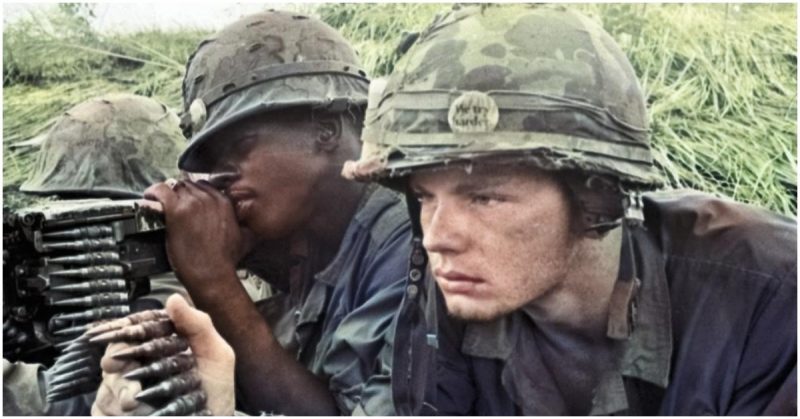In the midst of the Vietnam war, Marine Lance Corporal James H. Stogner says that the conditions made it impossible to paint a pretty picture; it was hot, humid, and then it would rain for four months straight. According to Stogner, survival in those conditions depended on adapting.
On the night of April 5, 1967, 18-year-old Lance Corporal Stogner was heating his dinner consisting of C-rations. He was serving as an ammo humper (ammunition carrier) with the 1st Battalion, 9th Marine, Company C, sometimes called “The Walking Dead” due to their high casualty rate.
Still being beaten, Fobbs heard screaming coming out of the darkness before a skinny silhouette of Stogner appeared.
Company C was approaching the village of Phu An, a well-established haven for the North Vietnamese Army (NVA). They would never get to eat their meal.
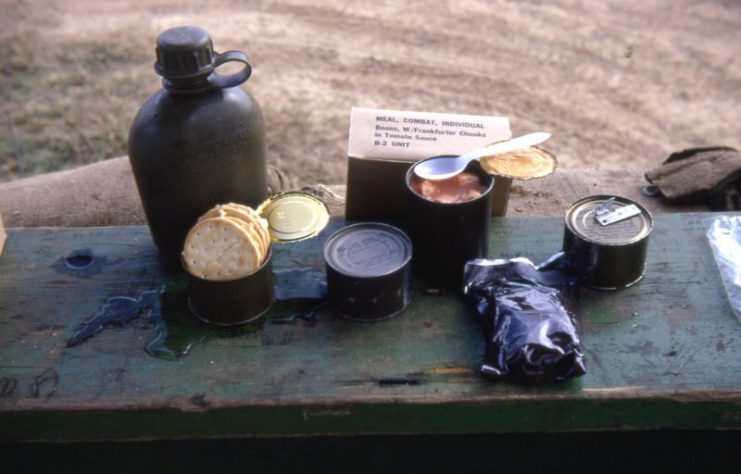
As the food was warming an ambush was heard. Company C was told to leave their packs and grab their rifles. They moved out and began sweeping the dried up rice field with no cover whatsoever. The enemy came out of nowhere. They were about 15 yards from the tree line when an artillery illumination round went off, lighting up the entire field.
https://youtu.be/seaN__DjZpE
Lance Corporal Stogner was able to take out three NVA before his rifle was struck, slamming the receiver into his face and breaking his nose. His rifle was rendered inoperable. Meanwhile, Company C had been decimated. All around him his Company was either dead or wounded.
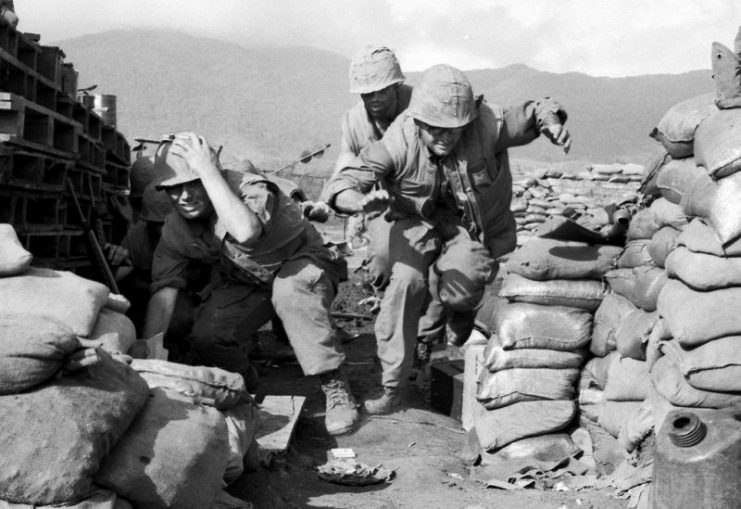
Stogner crawled into the darkness. As he laid deciding what to do next, he listened to cries for help from his fallen comrades. He listened as the NVA began killing the wounded and taking their gear and rifles. Recalling the Marine creed, Leave no man behind, he decided to act.
Armed with only his KA-BAR knife, Stogner struck using the cover of darkness and managed to kill three more NVA. While he knelt in the brush, Stogner could hear the cries of machine gunner Lance Corporal Elijah ‘Eli’ Fobbs coming from the tree line. He began crawling through the sandy ground, using the darkness and vegetation to cover him as he moved towards the clearing where Fobbs was being held.
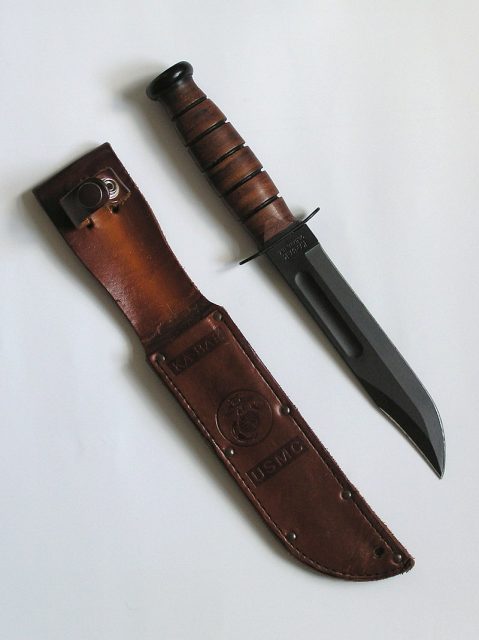
Fobbs later recalled his captors beating him and poking his wounds. One NVA soldier heard a sound and left to check it out. He didn’t return.
Still being beaten, Fobbs heard screaming coming out of the darkness before a skinny silhouette of Stogner appeared.
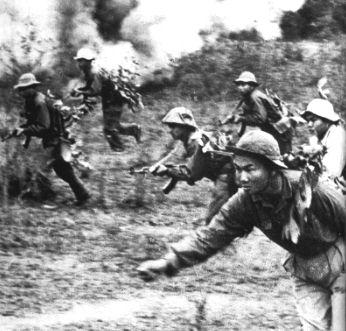
Stogner fought and killed all four captors, threw Fobbs over his shoulder, grabbed Fobbs’ M-60 machine gun, and then fought through grenade explosions and gunfire to return to a friendly line. Both were subsequently airlifted out for medical treatment.
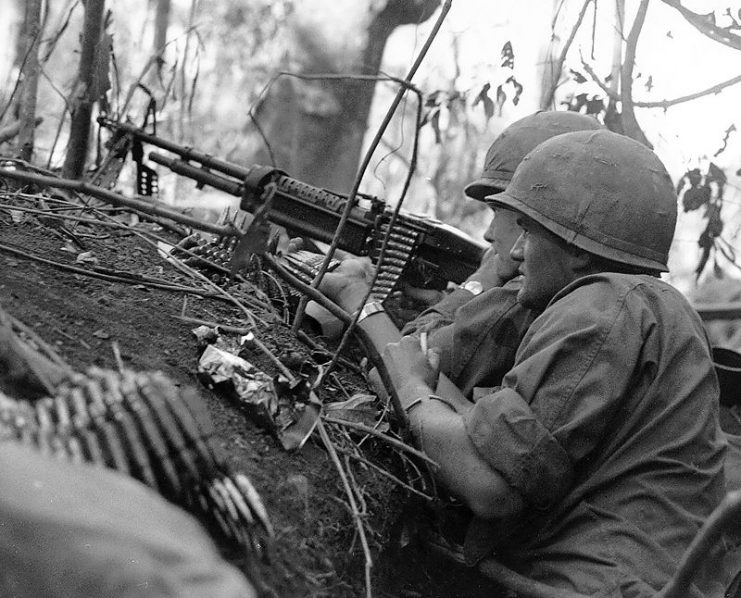
Like many other award recommendations, Stogner’s was lost in the rigors of war. It would be another 52 years before Lance Corporal James Stogner was recognized for his heroism and bravery.
On April 5, 2019 and after much bureaucratic red tape, Stogner was awarded the Navy Cross, the nation’s second highest decoration, in Polson, Montana.
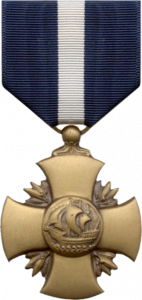
Stogner later said in an interview that the Marine Corps emphasizes team mentality and caring for fellow marines, before suggesting that his comrades of Company C were as deserving of the award as he was.
